violin, cello and piano
Commissioned by The Norton Building Concert Series
to commemorate the twentieth anniversary of
the Norton Concert Series
First performance by the Neave Trio on 10 April 2016
Duration: 16 minutes
As performed by Yuan-Qing Yu, violin; Kenneth Olsen, cello; and Winston Choi, Piano.
Curtis 2021 Ensemble - Augusta Read Thomas: Triple Marionette, from Klee Musings, Karisa Chiu, violin; Andres Sanchez, cello; Michael Davidman, piano
I: Triple Marionette – duration approx. 5 minutes and 30 seconds
II: Cathedrals (prayer for peace) – duration approx. 5 minutes
(prayer for peace) weaving together musical modes from across earth*
III: Highways and Byways – duration approx. 5 minutes
The movement titles are the same as the corresponding Paul Klee paintings.
*sub-title to movement #2 in italics was added by composer
Movements can be played together, in the order listed above, or any movement can be played independently as a stand-alone work, or any two movements can be played as a pair in any order.
To be performed along with dancers when feasible.
Klee Musings was commissioned by The Norton Building Concert Series to commemorate their twentieth anniversary in 2016 and is dedicated with admiration to Susan and Nick Yasillo, who are two of the original founders of the Series.
Movement I: Triple Marionette evokes the artwork by Paul Klee in which a three-headed marionette appears to be in motion. The music starts and ends in prime unison, as if all the dancing marionettes are aligned. Gradually, each instrument (marionette) asserts it’s own musical flair and spirit, which results in a 5-minute, contrapuntal, jazzy adventure. The tunes are fragmented like tunes can be in bebop and yet are essentially long lyrical lines of music.
Delicate, resonant and mostly quiet, Movement II: Cathedrals (subtitled Prayer for Peace) calls for the piano’s damper pedal to be held down for the entire movement. The pianist plays on the keyboard in a normal fashion and also gently plucks notes inside the piano. Musical modes are woven together in a resounding fabric, each ribbon of sound evoking the life-force of one of the many cathedrals depicted in Klee’s painting.
Highways and Byways is the most important painting to come out of Paul Klee's trip to Egypt, from mid-December, 1929, to early January, 1930. He visited Luxor, Karnak, Thebes, Aswan, and Cairo. The strip pattern is reminiscent of grain fields that lead to the Nile (which is represented by the blue band at the top) stretching horizontally across the picture surface in varying widths, cut by verticals and diagonals. Its simultaneous view of time and space is the inspiration for Movement III: Highways and Byways, which climbs itself through harmonic and registral ladders, and traverses many horizontals, verticals and diagonals.
As a quick sonic snapshot, for movements #1 and #3, please think Brahms crossed with bebop (fast tempo, multifaceted chord progressions with rapid harmonic changes and instrumental virtuosity) crossed with Thelonious Monk (percussive attacks with abrupt, dramatic use of silences and hesitations with improvisatory melodic twists.)
For movement #2, think Ravel and Debussy (colorful impressionism) crossed with Bill Evans (impressionist harmony and trademark rhythmically independent, "singing" melodic lines.)
The composition is rendered with exceptionally nuanced notation and does not involve any improvisation.
We find Thomas playing a singularly purposeful brand of fun and games in the Klee Musings, for piano trio. With this work, Thomas joins a small, select group of composers spurred by the art of Paul Klee to conjure up sounding counterparts for his quirky, dreamlike pictures, amongst them Gunther Schuller, Peter Maxwell Davies, Sandor Veress and David Diamond. The opening Triple Marionette finds Thomas pitting Brahms cheek by jowl with Thelonious Monk and bebop in general as the music's fractured, jittery line zig-zags in all directions through all kinds of imaginable twists and turns. The marionettes' progress is predominantly (but not exclusively) monodic, and it finally seems to stutter away into silence before it ends as decisively as it does punctually. The central Cathedrals is a quiet oasis of calm, translucent sonorities, with Thomas' favourite bell-like strokes here finding Debussy and Ravel in quietly congenial company with Bill Evans. The music's immobility is deceptive, however, and it imperceptibly builds to a vibrant climax before subsiding back to its peaceable luminescence. For the final Highways and Byways Brahms resumes his testy, bebop-flavoured mano a mano with Monk along with, one fancies, William Schuman in his nervy prestissimo mode aiding and abetting the music's progress. It's a different kind of progress from Triple Marionette, though. The music is no longer so insistently monodic: there's a more flowing sense of linearity in its trajectory, with pockets of lyricism now more overt. The playfulness continues unabated all the way to another of Thomas' distinctive “stinger” endings, very much in keeping with Klee's jocular imagery.
Copyright © Paul Pellay
Triple Marionette (1927) |
Cathedrals (1925) |
Highways and Byways (1929) |
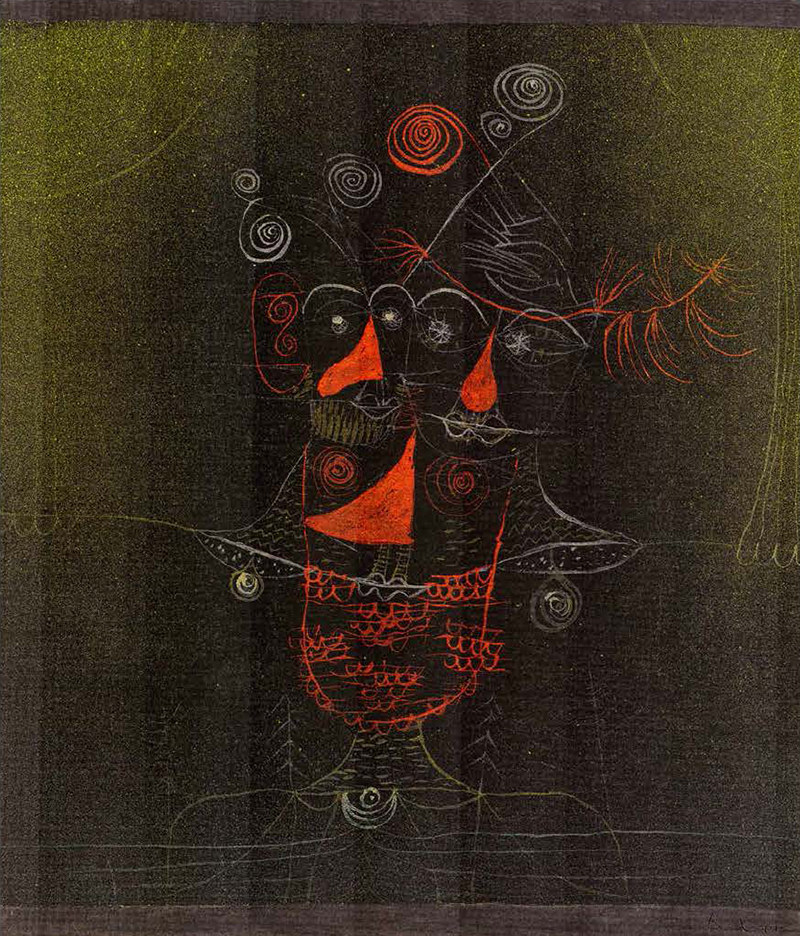 |
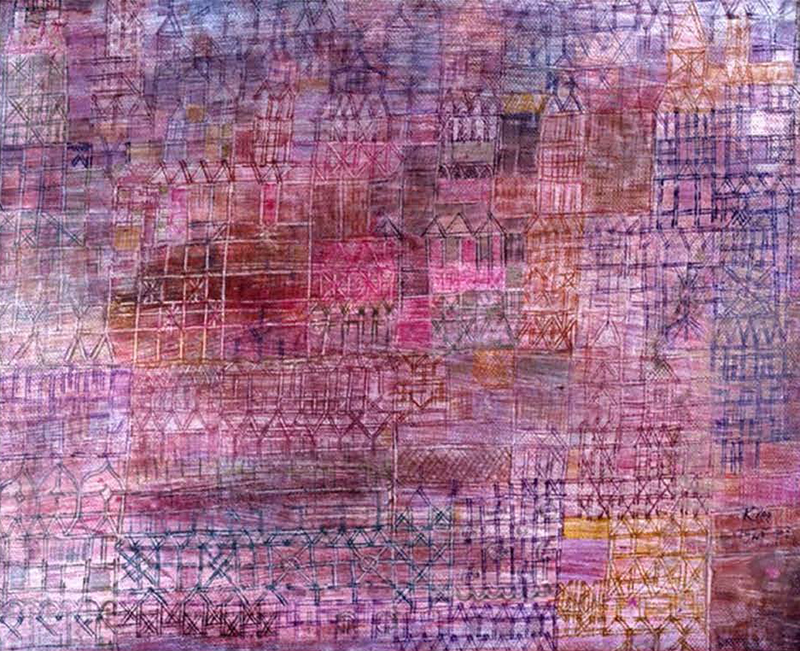 |
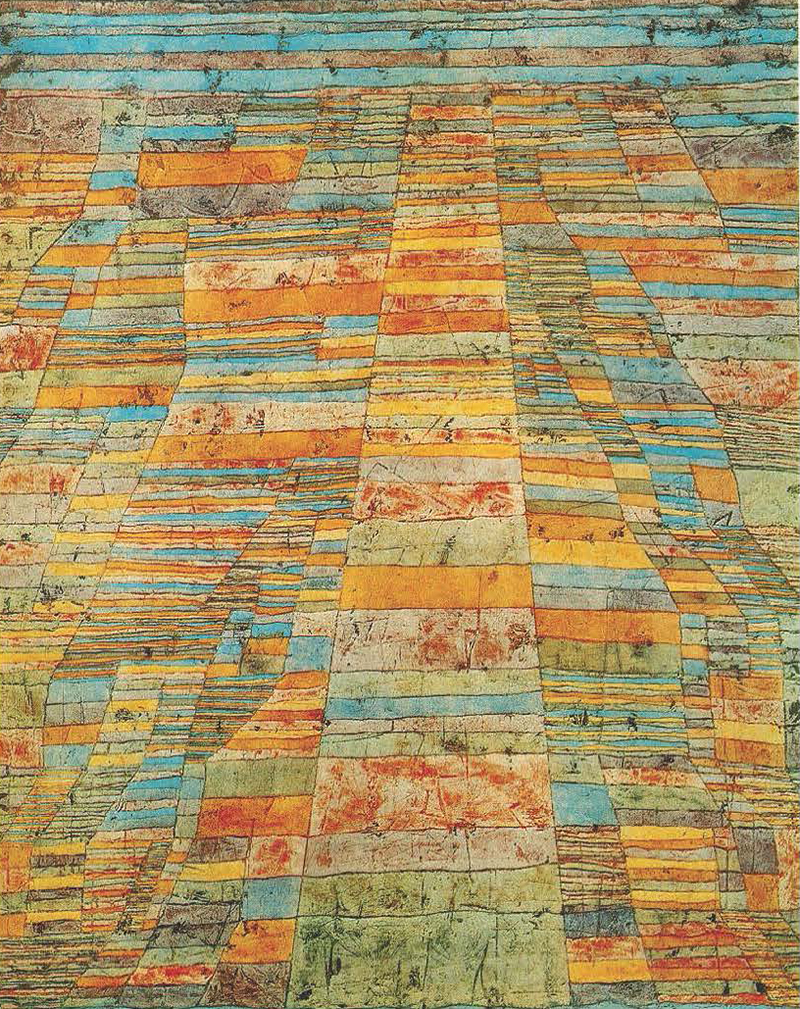 |
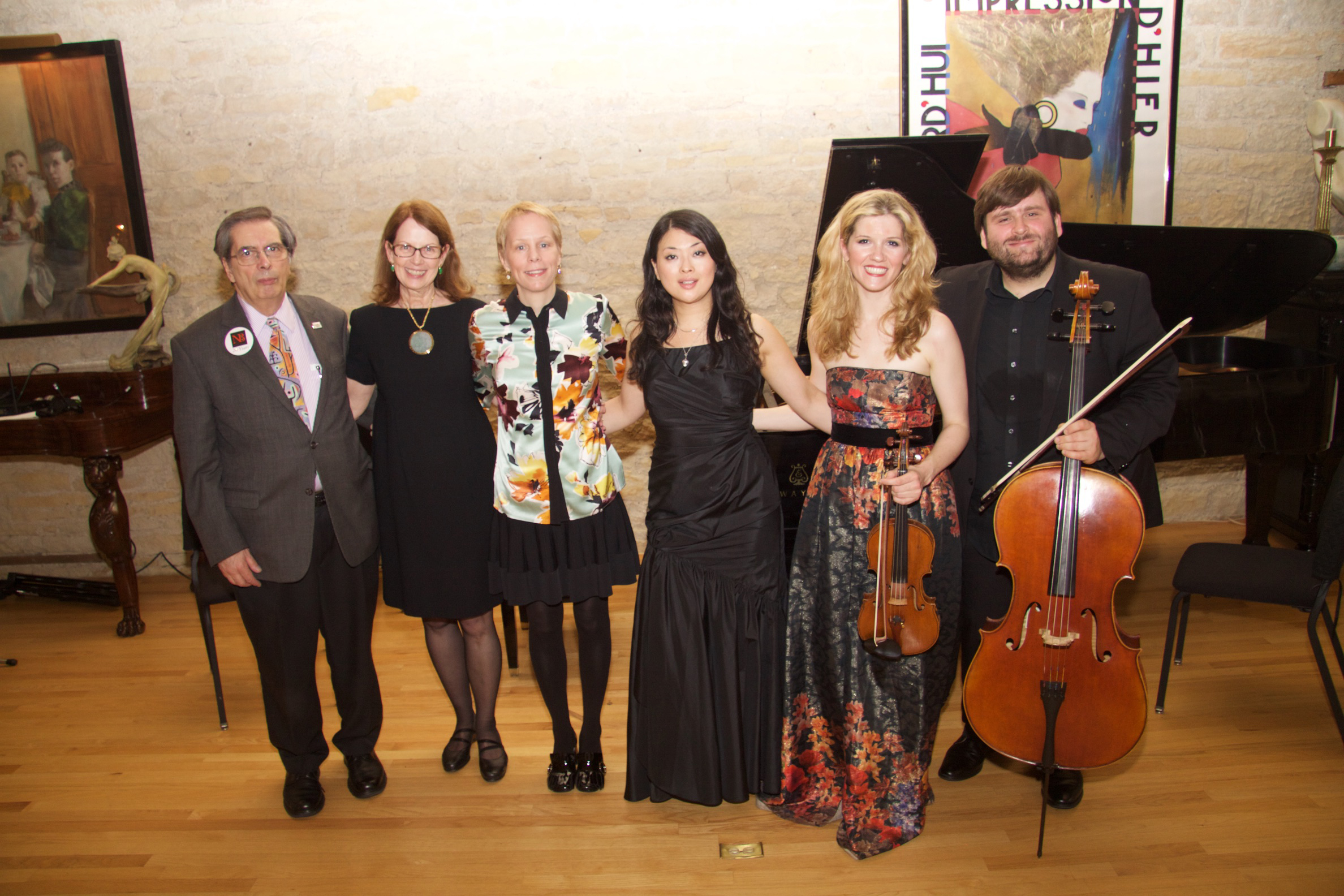
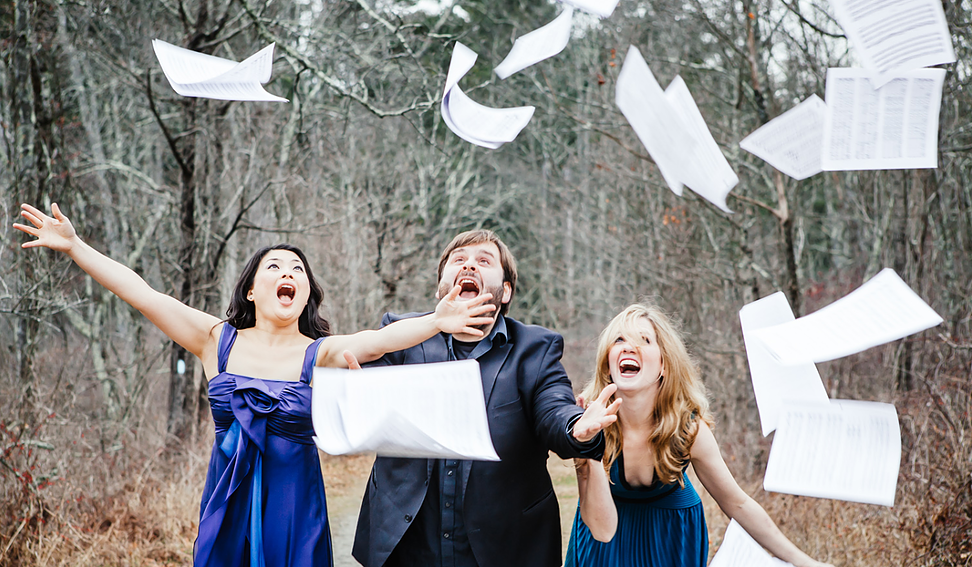
To obtain examination or performance material for this
Augusta Read Thomas work, please contact Nimbus Music Publishing.
